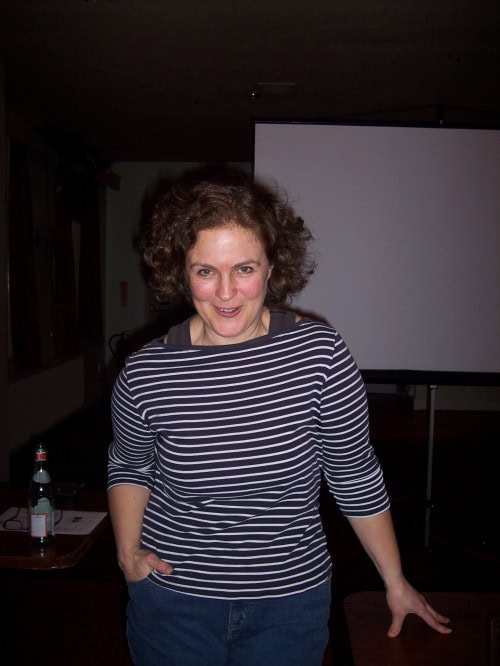
Reader Helen Crawford reports back from Chapel Allerton on Cafe Scientifique. Leeds does seem to be buzzing with debating, parlour and salon groups these days, are we entering a golden era intellectually?
What is Café Scientifique? – I had heard of it but never been before. I am not a scientist nor a mathematician. So what on earth drew me and a packed house last Monday night to the upstairs of the Queen’s Arms in Chapel Allerton to hear Melanie Bayley talk about her DPhil thesis on 19th Century mathematical upheavals? (Incidentally already the subject of an article in the New Scientist, and exciting interest in all kinds of media).
Lewis Carroll, that’s what. Or, as the delightfully enthusiastic Ms Bayley insisted, the Oxford mathematics tutor Charles Dodgson. The mathematician and the children’s author were one and the same person, but, unexpectedly, the mathematician was a much better writer. As a good read, his book about Pi knocks spots off “Sylvie and Bruno”, the sentimental children’s book he wrote following the huge success of the Alice books.
Her theory is that many of the most memorable parts of Alice in Wonderland – including the Mad Hatter’s tea party, the Queen of Hearts, the trial scene and the caterpillar with his hookah pipe – are satirical references to the “new mathematics”, a continental fashion which, in the 1860s, was invading Oxford from France and challenging the time-honoured Euclidean methods which had formed the basis of all first degrees at Oxford and Cambridge since time immemorial. Without all the in-jokes about long-forgotten mathematical theories, she suggests, “Alice” might just be a soppy story about little girls and rabbits.
I confess she lost me when she talked about about quaternions. For those of you who care about such things, an online encyclopedia defines them as follows:
“In mathematics, the quaternions are a number system that extends the complex numbers. They were first described by Irish mathematician Sir William Rowan Hamilton in 1843 and applied to mechanics in three-dimensional space. A striking feature of quaternions is that the product of two quaternions is noncommutative, meaning that the product of two quaternions depends on which factor is to the left of the multiplication sign and which factor is to the right.”
Even if, like me, you managed to understand the first two sentences of that paragraph and then lost it in the third, you would still have been encouraged by the fact that Melanie Bayley thinks that William Rowan Hamilton may have been the model for Tweedledum… or was he Tweedledee…
A mother of five, her children are all apparently sick to death of Alice, having had it so thoroughly and scientifically deconstructed, but Ms Bayley’s passion remains entirely undimmed, another feature of this thoroughly entertaining evening.
And there was absolutely no queue for the Ladies.
The next Café Scientifique is at the same venue on 1st March and the subject will be Climate Change.